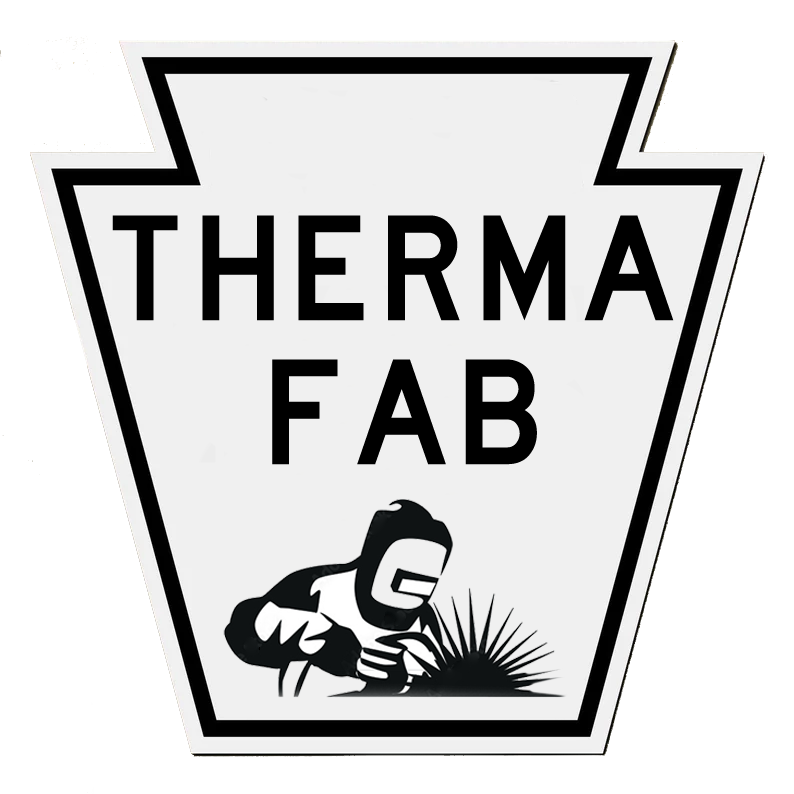Machined Investment Casting
Precision of Investment Castings
Precision is a hallmark of investment casting, particularly in the realm of precision stainless steel castings, where high tolerance levels are achieved, minimizing the need for additional machining. The method excels in producing near-net shape products, surpassing the capabilities of other casting processes.
Surface Finishing
Surface finish is another area where investment casting shines, providing superior results compared to alternative methods. The precise tolerance levels contribute to a refined surface finish, allowing for the inclusion of logos or text on exteriors, enhancing the overall value of the products.
Quality Control
The quality of products manufactured through investment casting is superior, with minimal casting defects and a low rejection rate. Rigorous inspections are conducted to ensure customer satisfaction and product excellence
Advantages of Investment Casting
One of the key advantages is the cost-effectiveness of manufacturing with investment casting. The near-net shape reduces the need for extensive machining, minimizing material wastage. Additionally, the equipment required is less expensive and poses fewer safety concerns, resulting in a competitive manufacturing price.
Vast Use of Materials
The method supports a wide variety of materials, allowing for the production of alloys such as stainless steel, alloy steel, heat-resistant alloy, copper alloy, carbon steel, titanium alloy, aluminum alloy, ductile iron, bearing alloy, and permanent magnet alloy through precision casting.
Investment casting ensures repeatability, maintaining superior quality from one casting to another. This reliability contributes to a cost-effective and dependable manufacturing technique.
Investment casting, also known as the lost wax casting method, stands out as a primary process for manufacturing metal parts due to its numerous advantages. This technique offers the flexibility of design, making it ideal for complex parts with intricate internal shapes. The freedom to choose from various materials, including cast iron, aluminum alloy, and non-ferrous alloys, further enhances its appeal, with a preference for high-temperature alloys.
Size and Sustainability
From an environmental standpoint, investment casting promotes sustainability. The reclaiming of wax and metal alloy reduces overall waste in production, aligning with responsible environmental practices. The creation of near-net shapes further enhances the cost-effectiveness and appropriateness of this technique.
Lastly, investment casting caters to a broad size range, accommodating small and large casts. Whether dealing with miniature and intricate parts or larger components weighing up to 50 pounds, investment casting proves versatile in meeting diverse manufacturing needs.

